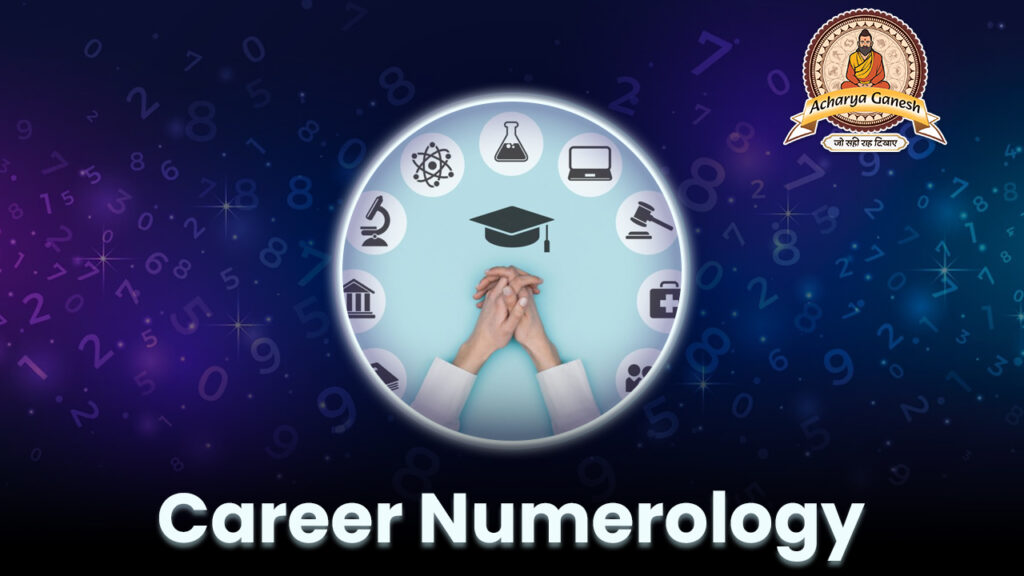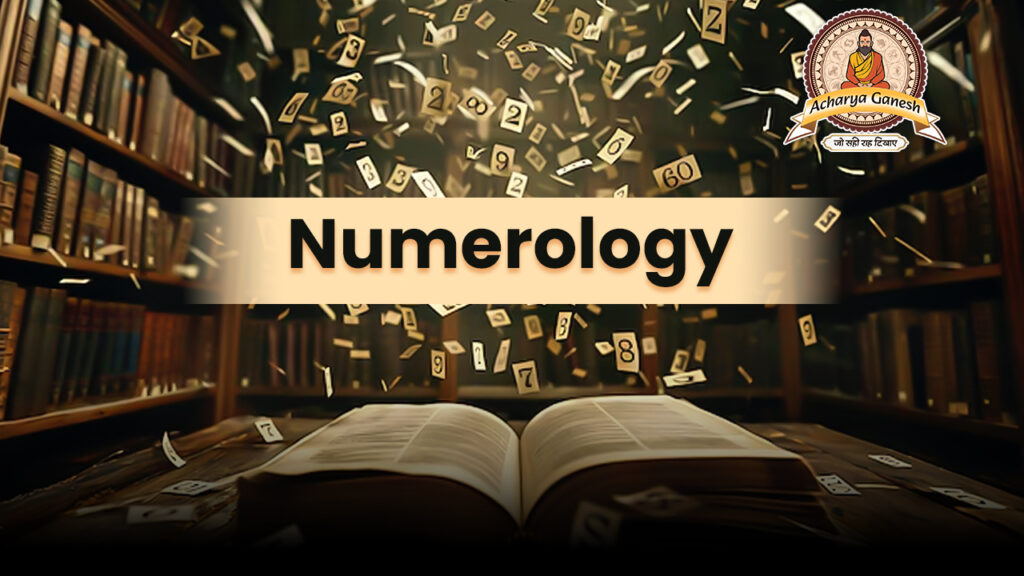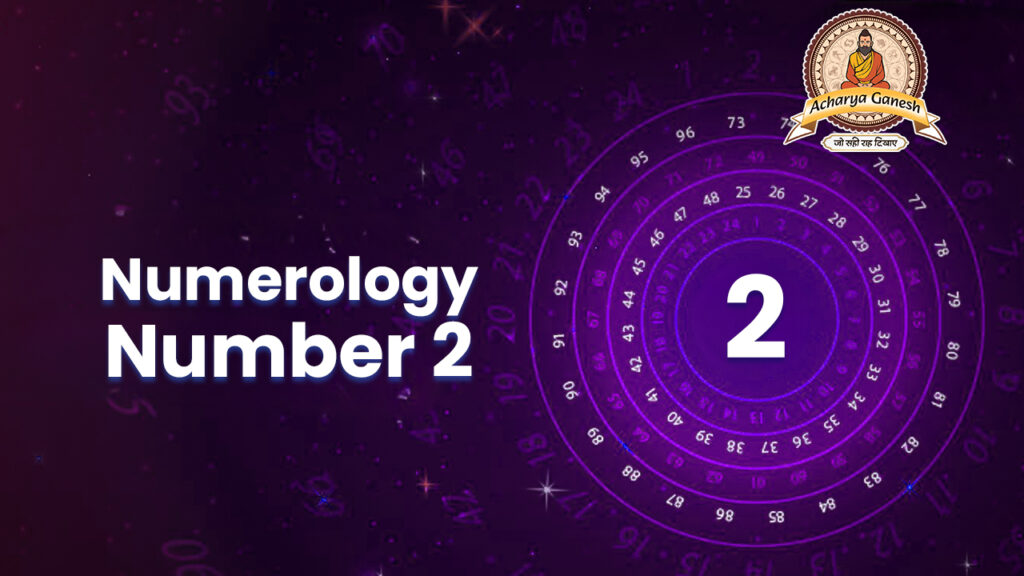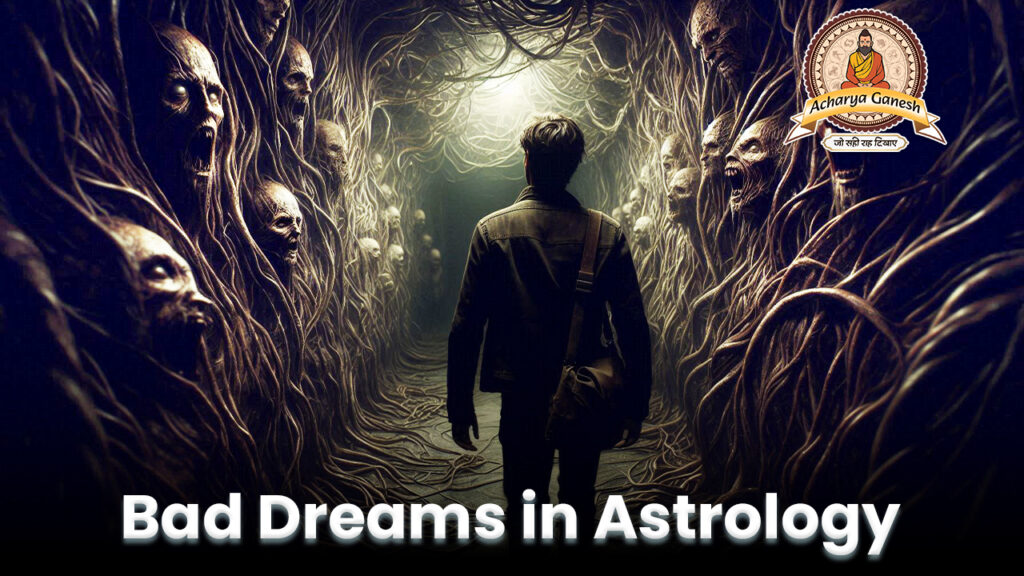Introduction
Saptarishi, the seven great sages of Indian tradition are at the highest pedestal of the Hindu Vedic Culture. Their significance and contributions are unparalleled.
The Saptarishi constellation or the Ursa Major or Great Bear Constellation in the Northern Hemisphere includes sages -Vashishta, Marichi, Pulastya, Pulaha, Atri, Angiras and Kratu
Through penance, they achieved divine powers in weaponry, knowledge and wisdom of philosophy, Ayurvedic medicine, Jyotish shastra, Music and Yoga.
The Saptarishis laid downs rules and regulations with respect to Hindu Vedic Astrology and the practices and principles to connect spiritually with the higher souls.
They gave the principles of Mimansa and Advait. Their contributions in composing hymns in Rigveda have provided a bedrock foundation to the Hindu Vedic culture.
The names of Saptarishies, slightly varies in different Vedic texts. According to Jaiminiya Brahamana, the Saptarishies are- Gautama Maharishi, Atri, Bhardwaj, Gautama, Jamadagni, Vashistha and Vishwamitra & according to Brihadaranyaka Upanishad, they are- Kashyapa, Atri, Bharadvaja, Gautama, Jamadagni, Vashistha, and Vishvamitra.
According to Gopatha Brahmana, the Saptarishies are -Vashistha, Vishvamitra, Jamadagni, Gautama, Bharadvaja, Gungu, Gautama Maharishi, and Kashyapa.
1. Atri
Atri Rishi or Atri Sage or Atri Maharishi or Atri Muni, also often spelt as Attri or Atriya, is one of the Saptarishi. Atri Rishi History dates back to Vedic period and is credited to have authored numerous hymns for Rigveda.
To have an Atri overview, we glance at the Atriya or Atri significance in the Hindu Vedic Culture. Atri significance can be realised from the fact that Atri Vedic features in the Rigveda.
Atri impact or the Atri contributions, Attri Teachings and Atri roles lie in the composition of Vedic hymns that provide eternal peace and prosperity.
The four Vedas viz.- Rigveda, Yajurveda, Atharvaveda and Samveda provide placidity of mind. Atri Vedic Philosophy, Atri Jyotish and Atri Vedic teachings facilitated people to connect astrologically and spiritually.
Attri Teachings of Attri knowledge of Astrology in the form of Atri Astrology or Atri Jyotish were imparted to disciples as per Guru -Shishya traditions.
Atri Muni’s Atri Jyotish or Atri Astrology discusses about the Nakshatra’s influence on individuals. If we talk about Atri legacy, we find that Atri impact of Atri Vedic is eternal from generations to generations.
Atri Rishi, Atri Sage, Atri Muni or Attri or Atri Maharishi is described in Puranas, epics-Ramayana and Mahabharat. As Atri Overview, Atri Muni with Anasuya Devi had three sons namely, Chandra, Dattatreya, and Durvasa. Atri tales from Atri Rishi history goes that the three sons were incarnation of Brahma, Vishnu and Mahesh.
Atri impact on Atri legacy has been profound. According to the Atri tales from Atri Rishi history, Atri significance can be understood from the fact that Lord Ram visited his hermitage at Chitrakut to meet Atri Muni and Anasuya Devi. Behind the Atri role and Atri contributions in Hindu vedic culture, Atri’s wife Anasuya’s contribution is no less.
2. Bharadwaja
Bharadwaja Rishi of the ancient Vedic period is known by varied names like Bharadwaj, Bharadvaja, Bharadwaja, Bharadwaja Maharshi, Bharadwaja Rishi, Bharadwaja Sage, Bharadwaja Vedic or Bharadvaja Barhaspatya or Vitatha.
As the Bharadwaja Stories unfold, we find that the father of Bharadwaja Rishi is Sage Barhaspati. Bharadwaja or Bharadwaja Rishi or Bharadwaja Muni or Bharadwaja Sage or Bharadwaja Maharishi or the Bharadwaja Acharya is one of the Saptrishi.
Bharadwaja Siginificance can be understood from Bharadwaja Teachings Impact and Bharadwaja Contributions in composing Mandalas in Rigveda.
As per Bhardwaja Historical facts, Bharadwaja Significance, or Bharadwaja contributions to the society at large, lies in the fact that he made extensive research in the field of ayurved medical science.
According to Bharadwaj stories and Bharadwaja tales, his name is attributable to Charaka Samhita, a medical treatise.
Bharadwaja Acharya is considered to be the progenitor of Bhardawaj gotra of Brahmins. As per Bharadwaja Mythology, Bharadwaja Sage was granted 3 lives by Indra to study Vedas.
To have a Bharadwaja Overview, it is observed that Bharadwaja Rishi was the court poet of Marutta. Bharadwaja historical facts from Bharadwaja history includes that he was the father of Guru Dronacharya.
According to Bhardwaj stories and Bhardwaja tales, he married Sushila, a Kshatriya woman. Bharadwaja Stories & Bharadwaja Tales, also tell that according to Bhagwat Purana, Bharadwaja Maharshi or Bhardwaja Rishi also had a son called Manyu or Bhumanyu.
Bharadwaja Significance or the Bharadwaja Contributions can be understood in correct perspective from the fact that Lord Rama, during his exile, visited his Ashram or hermitage at Prayagraj.
Bharadwaja Historical and Bharadwaja Cultural significance is mirrored by the fact that his name figures in Buddhist text, Digha Niyaka in Pali language.
Bharadwaja Contributions to Sanskrit language and grammar are remarkable. Bharadwaja Jyotish predicts events based on the Nakshatras.
The various works of Bharadwaja Acharya has left Bharadwaja Cultural impact or Bharadwaja Influence or Bharadwaja Impact on the Bharadwaja Legacy in the Hindu Bharadwaja Vedic era.
Bharadwaja Teachings, Bharadwaja Significance or Bharadwaja contributions, Bharadwaja influence and Bharadwaja Impact can be ascertained from the following treatises that are attributable to him:-
Dhanurveda Treatise on archery; Bharadvaja Samhita; Bharadvaja Sruatuasutra and grhyasutra; Charaka Samhita ;Niti Shastra.
3. Kashyapa
Kashyap or the Kashyap Rishi is also known as Kashyapa, Kasyap, Kasyapa, Kashappa, Kashyapa Sage, Kashyapa Maharishi and Kashyapa Vedic. Saptarishi Kashyapa Rishi is a revered and venerated sage.
As Kashyapa Overview, it is observed that in Brihadaranyaka Upanishad, the name of Kashyapa Rishis is referred. In Hindu and Buddhists texts, Kashyapa Contributions Kashyapa Teachings have been elaborated.
As per Kashyapa Histrorical facts, Kashyapa Acharya or Kashyapa Rishi is credited with composing hymns in the Manadala IX of Rigveda. In Atharvaveda and vedic scriptures, the name of Kashyapa Acharya or Kashyapa Muni or Kashyapa Maharishi is extensively featured.
The impact of the Kashyapa Teachings, and the teachings of vedic Rishis gets reflected in the hymns authored by Rishis. His disciples carried forward the Kashyapa Legacy with the same commitment and vigor.
According to Kashyapa Mythology, Kashyap Rishi is credited with fathering the Devas, Danvas, Yakshas, Daityas and all living creatures. As far as Kasyapa Tales are concerned, Kashyapa Sage was born to Marichi, one of the Saptarishi.
Kashyapa significance lies in Kashyapa contributions in composing of hymns for Soma Pavamana(Self-purifying Soma). Kashyapa Impact is profound on the Hindu religion.
Kashyapa contributions in composing hymns relating to self purification have created profound Kashyapa Influence in the Hindu vedic period. Kashyapa Jyotish has helped evolve Vedic astrology. Kashyapa Jyotish has made a significant contribution in astrology.
As Kashyapa overview, his name is listed in the Brihadaranyka Upanishad. One of the Kashyapa historical facts is that his name is mentioned as Rishi Kassapa in Pali language. Saptarishi Kashyapa role has been significant in both in Hinduism and Buddhism.
4. Vashistha
Saptarishi Vasishta or Vashisht sage is also known as Vashistha or Vasistha or Vashista or Vashisth. Vashishtha Rishi or Vashistha sage is a renowned figure. Vashistha Significance and Vashistha Contributions can be understood by the fact that his Mandalas of Rigveda provided a bed-rock foundation to the Hindu vedic culture and traditions.
Vashistha teachings and Vashistha contributions can be understood in the Vedic history by realising the Vashistha facts which includes his authoring Mandala of Rigveda.
Vashistha Rishi or Vashistha Sage or Vashistha Maharishi’s wife was Arundhati who herself was an erudite scholar. As per Vashistha Mythology, Arundhati is one of the 9 daughters of Kardama and Devahuti.
According to the Vasistha Stories, Vashistha Vedic was in possession of the divine cow, Kamdhenu and her calf Nandini who were bestowed with the divine power to grant anything to their owners.
Vashistha Significance or the Vashistha role is evident in his name featuring in Rigveda, Agni and Vishnu Puranas. His hymns extolled Indra and Varuna.
The importance of Vashistha role or the Vashistha overview is seen from Vashsistha facts that he was the priest of the Raghu dynasty.
One of the Vashistha Historical facts is that he taught Lord Rama & Harishchandra. Vashistha teachings are mirrored in the persona of the Maryada Purushottam Rama. Another Vasistha Historical facts is that he had the legendary conflict with King turned sage -Viswamitra, over the possession of the divine cow.
Yoga Vashistha Maharamayana relating to change in thoughts, change in knowledge and ultimate reality we experience and combining of divine and personal efforts to accomplish targets and goals are some of Vashistha teachings and Vashistha contributions which caused deep Vasistha influence on the people.
As Vasistha Overview, Vashistha Jyotish, written on palm leaves on nadi astrology and Vashistha Jyotish predictions are some of the notable Vashistha contributions or Vashistha significance or the Vasistha Influence.
5. Viswamitra
Viswamitra or the Viswamitra Muni is one of the Saptarishies. Vishwamitra is called by varied names viz. Vishvamitra, Vishwamitra Rishi, Viswamitra, Vishwamitra Sage, Viswamitra Sage, Viswamitra Maharishi, Vishwamitra Vedic.
As Viswamitra Overview, Viswamitra Sage, Viswamitra Rishi, Viswamitra Maharishi, Viswamitra Acharya is credited with composing various Mandala of the Rigveda. Viswamitra significance and Viswamitra Teachings lies in his authoring Mandala of the Rigveda. Viswamitra Jyotish has helped evolve vedic astrology.
Vishwamitra significance and Vishwamitra Contributions lie in his composing Gayatri Mantra-
ॐ भूर् भुवः स्वः। तत् सवितुर्वरेण्यं।
भर्गो देवस्य धीमहि। धियो यो नः प्रचोदयात् ॥
Viswamitra Facts or the Vishwamitra Stories include that Viswamitra Maharishi, Viswamitra Acharya, earlier was a King and later renounced the kingdom and became a Sage. Thus, Viswamitra, Viswamitra Muni, Viswamitra Sage, Viswamitra Rishi, Viswamitra Maharishi, Viswamitra Acharya retained the title of Rajarshi, or Royal Sage. Royal sage is referred with respect to a King turned sage.
Vishwamitra Historical fact is that Viswamitra was the King of Kanyakubja, modern day Kannauj was the great-grandson of King Kusha of Amavasu dynasty.
Viswamitra overview or Viswamitra role can be understood by going through the Valmiki Ramayana wherein many Viswamitra historical facts have been narrated. Feud of Viswamitra Muni and Vashishtha rishi is well known for the rivalry between the two over the divine calf Nadini.
Viswamitra significance, Viswamitra Role and Vishwamitra Teachings or the Viswamitra Teachings are significant in his imparting knowledge of celestial weaponry(Dev Astras ) to his disciples.
Vishwamitra Impact or Vishwamitra Influence on his disciples during the Vedic period was unparalleled for the reason that he possessed the coveted Brahamastra.
According to Vishwamitra Mythology Lord Indra was scared of the prowess of Viswamitra Maharishi or the Vishwamitra Vedic. Lord Indra sent Menaka to create an impediment in his penance who succeeded in seducing him. Vishwamitra had a daughter, named Shakuntala with Maneka. Shakuntala’s son Bharat became a great emperor.
6. Jamadagni
According to Vedic Hindu texts, Jamdagini Maharishi is one of the Saptarishies. Jamadagni is called by different names such as Jamadagni Rishi, Jamadagni Maharishi, Jamadagni Sage, Jamadagni Vedic.
As Jamadagni Overview, Jamadagni Rishi, Jamadagni Maharishi, Jamadagni Muni, Jamadagni Sage is from the lineage of Sage Bhrigu, one of the Prajapatis, created by Lord Brahma.
According to Jamadagni Mythology, Jamadagni Muni or Jamadagni Sage’s mother was Satyawati and his father was Sage Richika.
As per Jamdagni historical facts, Jamdagni Maharishi was married to Renuka, daughter of King Prasenjit. They had 5 children viz. Rumanvan, Suhotra, Vasu, Visvavasu and Parshurama. Their youngest child, Parashurama was an incarnation of Lord Vishnu.
As per Jamdagini Historical facts, he was having Kamdhenu, the divine cow. The Hiahaya king, Kartavirya Arjuna, deputed Chandragupta, his Minister to go and purchase Kamdhenu, and bring her to Mahismati, the capital city.
According to Jamadagni Mythology, Sage Jamdagini refused to take the consideration amount, unilaterally fixed by Chandragupta and declined to part with the divine cow. Chandragupta struck down Jamdagini Rishi and took with him, the divine cow to Mahismati.
According to Jamdagini historical facts, Jamdagini Rishi’s wife Renuka wailed, and then Sage Shukra, with his Mritasanjivni mantra, brought life back to Jamdagini sage.
Parasurama and his disciple Akrtavrana went to Mahismati and confronted with King Kartavirya Arjun and his army and killed Kartavirya Arjun and brought back Kamdhenu.
According to Jamadagni Mythology, Shurasen, the son of King Kartavirya Arjun took revenge and beheaded Jamdagini, when his son Parasurama was busy performing penance. Shurasen took Jamdagini’s head with him so as to plug any opportunity of his resurrection. Parasurama then went on expeditions to take revenge from the Kings of Khastriya clan.
Jamadagni Teachings, Jamadagni Contributions Vedic, Jamadagni Role, Jamadagni Significance, Jamadagini influence vedic and Jamadagni Vedic Teachings get reflected by his extraordinary skills of weaponry and warfare. Jamadagini Significance and Jamadagni Knowledge, is displayed by his acumen of Aushanasa Dhanurveda.
As Jamadagni Overview, the sage was an erudite scholar of Vedas. Jamadagni Contributions to Hindu Vedic culture are significant. Jamdagini mastered the skills of weaponry without taking any formal coaching.
Jamdagini contributions and Jamdagini Role or Jamdagini significance can be appreciated from the fact that his philosophy has nurtured the vedic culture and Jamdagini traditions. Jamadagni Jyotish has contributed in evolving the Vedic Astrology. Jamadagni Cultural aspects are inherent in the composite Hindu vedic culture. The elements of compassion and humility are deeply ingrained in Jamadagni Teachings.
Gautama Maharishi:
Gautama Maharishi is one of the revered Saptarishis (Seven Great Sages) in Hindu tradition, known for his immense wisdom and penance. His life is deeply intertwined with the legends of Trimbakeshwar, where he performed rigorous austerities. Gautama Maharishi is credited with bringing the sacred river Godavari to earth through his unwavering devotion to Lord Shiva.
The story goes that Gautama Maharishi and his wife, Ahalya, resided in the area around Trimbakeshwar, leading a pious and ascetic life. Their hermitage was known for its hospitality and generosity. However, a famine struck the region, and Gautama’s prayers for rain brought relief to the area. This event, however, led to jealousy among the other sages, who plotted against him. They falsely accused Gautama of sin, compelling him to atone by bringing the sacred Ganga to earth.
Moved by Gautama’s penance, Lord Shiva granted his request, and the Ganga descended to earth in the form of the Godavari River, at Trimbakeshwar. The site is considered one of the holiest places in Hinduism, where devotees come to seek blessings and wash away their sins in the sacred waters of the Godavari. Gautama Maharishi’s devotion and the resulting appearance of the Godavari have made Trimbakeshwar a significant pilgrimage destination.
Gautama Maharishi’s legacy is a testament to the power of devotion and the divine blessings that can be attained through sincere penance. The presence of the Godavari River in Trimbakeshwar is a living symbol of his spiritual achievements.
Conclusion
The collective significance of the Saptarishes in Indian context of spiritual and astrological traditions can be visualised by looking at their unparalleled contributions in composing the hymns for the four Vedas.
Their enduring impact and relevance can be assessed from their acumen and knowledge which they commanded in the fields of weaponry-Dhanurvidya; Medicine -Charak Samhita; Astrology or Jyotish; Yoga and the philosophical school of thoughts and rituals.
Their contributions provided a bedrock foundation to the Hindu Vedic culture and traditions and have been rendering eternal guidance to humanity.
Subscribe to our Youtube Channel: @acharyaganeshchannel
FAQs
Q.1.Which Rishi is considered the chief of the Saptarishi?
Ans.1. Great Rishi Vishwamitra is considered one of the greatest sages. He was a king turned sage and most powerful amongst the Saptrishies. Gayatri Mantra is attributable to the great sage Vishwamitra.
Q.2.How are the Saptarishi related to the constellation Ursa Major?
Ans. 2. Saptarishi refers to the seven stars that form the Great Bear or the Ursa Major constellation in the northern hemisphere. According to Mythology, Saptrishies denote divine knowledge and wisdom. Saptrishies include- -Vashishta, Marichi, Pulastya, Pulaha, Atri, Angiras and Kratu.
Q.3.Who was the Rishi that taught the Vedas to humanity?
Ans.3 The sage Vedvyas is credited to compiling of Vedas in Texts- Rigveda, Samveda, Yajurveda and Atharvaveda for the benefit of humanity.
Q.4.Are there variations in the list of Saptarishi across different texts?
Ans.4. Yes. According to Jaiminiya Brahmana and Brihadaranyka Upanishad, the names Atri, Bhardwaja, Gautama, Jamadagni, Vashistha, and Vishvamitra are common. However, according to Jaiminiya Brahmana, Gautama Maharishi & as per Brihadaranyaka Upanishad Rishi Kasyapa is included in the list of Saptarishies.
Q.5.Which Saptarishi is known for their connection to creation myths?
Ans.5.Rishi Gautam is known for his connection to creation of myths. According to mythology he created river Godavri which is also known as Gautami. His name is related to various myths and legends.
Q.6.Who are the seven Rishis?
Ans.6. The list of Saptarishi may vary from text to text, but a common list includes Atri, Bharadwaja, Kashyapa, Vashistha, Viswamitra, Jamdagini and Gautama Maharishi.
Q.7.Who is the father of the Saptarishi?
Ans.7. According to the Saptrishi mythology, the father of Saptarishies is Lord Brahma, the creator of the World.
For more Astrology related information visit: acharyaganesh.com











